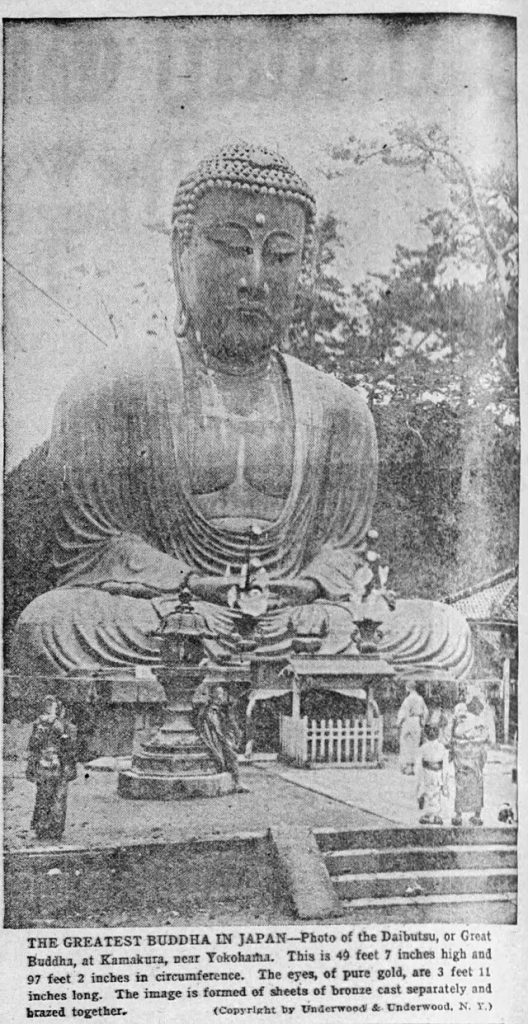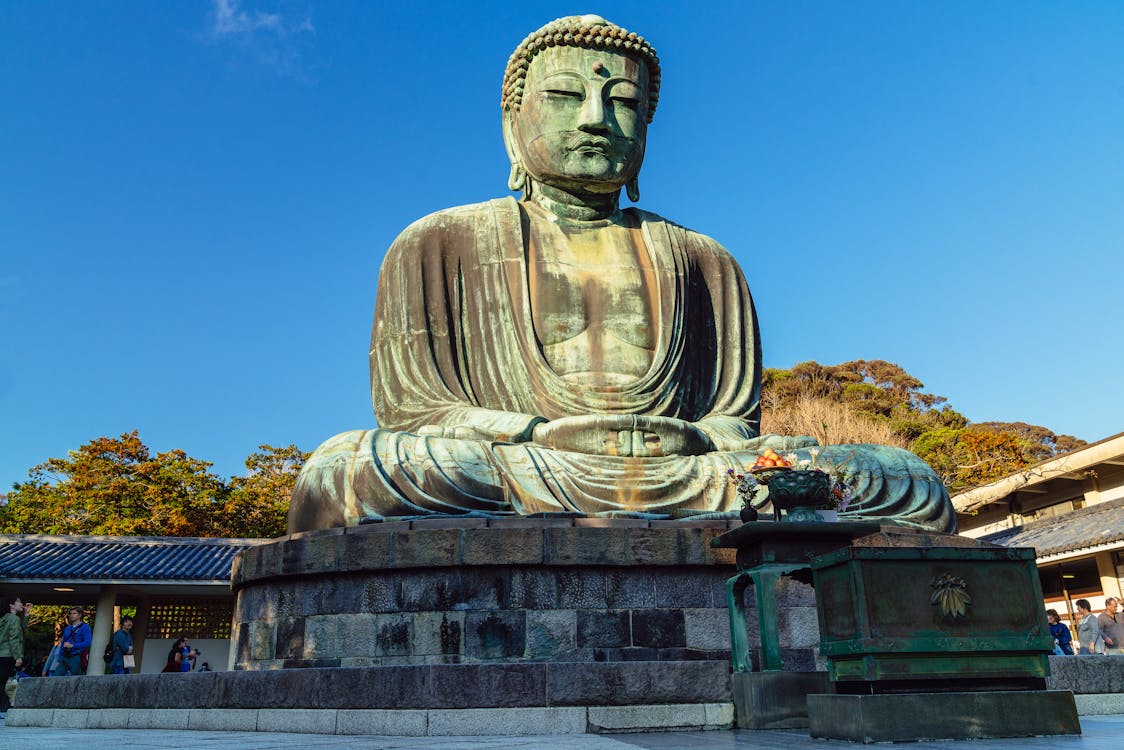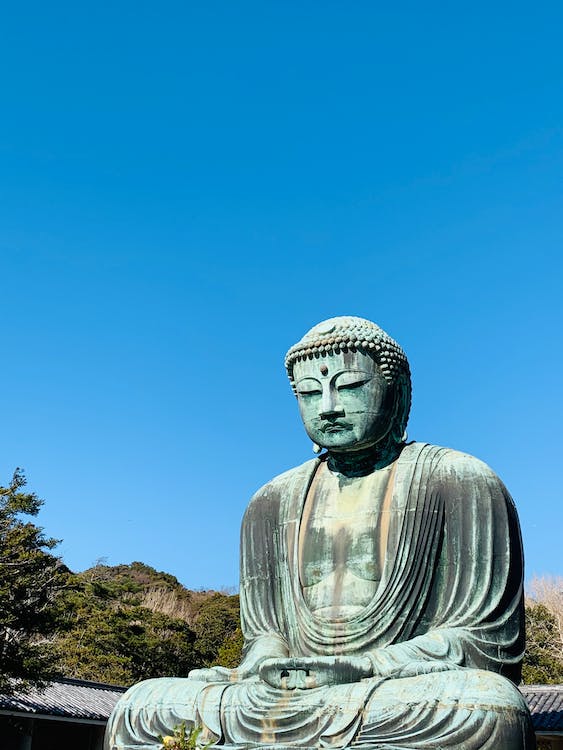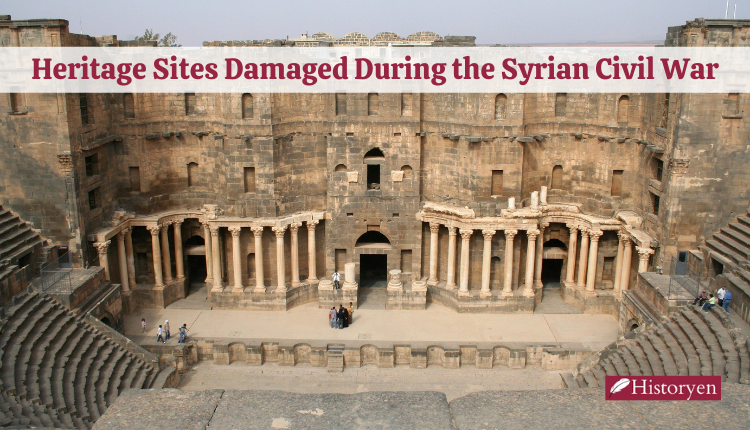Introduction
The Great Buddha of Kamakura, located in Kamakura, Japan, is an iconic and majestic bronze statue that stands as a symbol of peace and enlightenment. This awe-inspiring structure has attracted visitors from around the world for centuries. In this article, we will delve into the historical background, construction, symbolism, cultural significance, and present-day relevance of the Great Buddha of Kamakura.
Historical Background of The Great Buddha of Kamakura

During the Kamakura period in Japan, which spanned from the late 12th century to the early 14th century, the country experienced significant political and social changes. This period marked the rise of the samurai class and the establishment of a military government known as the Kamakura shogunate. The Kamakura period also witnessed the emergence of Pure Land Buddhism, which became the dominant Buddhist sect during that time.
It was in this historical context that the Great Buddha of Kamakura was constructed. The statue was commissioned by the regent Hojo Tokimune in 1252 and built under the supervision of a renowned sculptor named Ono Goroemon. The primary purpose of creating such a monumental Buddha statue was to inspire devotion, propagate Buddhist teachings, and solidify the position of the Kamakura shogunate.
The statue was initially housed in a large wooden temple hall called the Daibutsu-den, which was constructed alongside the Great Buddha. However, throughout the centuries, the temple hall suffered from numerous natural disasters such as typhoons and earthquakes. It was rebuilt multiple times but was eventually destroyed in the 14th century. Since then, the Great Buddha has remained in the open air, exposed to the elements.
Despite the challenges faced by the statue and the region as a whole, the Great Buddha of Kamakura has stood as a resilient symbol of faith and endurance. Its historical significance lies not only in its construction during the Kamakura period but also in its survival through centuries of trials and tribulations. Today, it serves as a powerful reminder of Japan’s rich cultural heritage and the enduring power of Buddhism.
The Construction of the Buddha of Kamakura

The Great Buddha of Kamakura is an impressive bronze statue that stands at a height of approximately 13.35 meters (44 feet) and weighs around 121 tons. The construction of this monumental statue involved a meticulous and complex process.
- Casting Technique: The statue was created using the “hollow casting” technique, which involved casting separate bronze pieces that were then assembled together. This technique allowed for the creation of large statues while conserving resources and reducing the overall weight.
- Inner Framework: To provide structural stability, the Great Buddha’s interior was reinforced with an intricate framework made of wooden beams. This framework was designed to support the weight of the bronze casting and ensure the statue’s durability.
- Bronze Casting: Skilled craftsmen used a combination of clay molds and the lost-wax casting method to create the individual bronze pieces. The lost-wax casting technique involved creating a wax model of each section, coating it in clay, and then heating it to melt the wax and create a mold. Molten bronze was then poured into the mold, allowing it to take the shape of the desired section.
- Assembly: Once all the bronze pieces were cast, they were meticulously fitted together and joined using a combination of bolts, rivets, and welding techniques. The sections were carefully aligned to create a seamless appearance and maintain the structural integrity of the statue.
- Finishing Touches: After the assembly was complete, the surface of the statue was carefully smoothed and polished to achieve a uniform texture. Details such as facial features, hair, and clothing were intricately sculpted by skilled artisans, giving the Great Buddha its lifelike appearance.
It is worth noting that the construction of the Great Buddha of Kamakura required the collaborative efforts of numerous craftsmen, including sculptors, metalworkers, and engineers. The result is a remarkable feat of craftsmanship and engineering that has withstood the test of time.
Today, visitors can marvel at the impressive construction of the Great Buddha and appreciate the skill and artistry that went into its creation. The statue’s size, weight, and intricate details serve as a testament to the dedication and craftsmanship of the artisans who brought it to life.
Symbolism and Meaning

The Great Buddha of Kamakura carries profound symbolism that reflects key aspects of Buddhist teachings. Let’s explore the deeper meaning behind its various elements:
- Serene Facial Expression: The serene facial expression of the Great Buddha represents inner peace and enlightenment. It is intended to convey a sense of calmness and tranquility, inviting visitors to contemplate their own spiritual journey and seek inner harmony.
- Meditation Mudra: The hands of the Great Buddha are positioned in the meditation mudra, with the right hand placed over the left, palms facing upward. This gesture symbolizes deep meditation, balance, and harmony. It encourages the viewer to cultivate a state of inner reflection and mindfulness.
- Closed Eyes: The closed eyes of the Great Buddha signify inward focus and detachment from the external world. It suggests that true enlightenment comes from within, transcending the limitations of the physical realm and connecting with the spiritual essence of existence.
- Lotus Pedestal: The Great Buddha sits on a lotus-shaped pedestal, which holds symbolic significance in Buddhist iconography. The lotus represents purity and enlightenment. Just as a lotus flower blooms immaculately from muddy waters, the pedestal symbolizes the emergence of enlightenment from the world of desires and attachments.
- Amida Buddha: The Great Buddha of Kamakura represents Amida Buddha, also known as the Buddha of Infinite Light and Eternal Life. Amida Buddha is associated with the Pure Land sect of Buddhism, which emphasizes the path to salvation through devotion and the aspiration to be reborn in the Pure Land.
- Compassion and Wisdom: The Great Buddha embodies the qualities of compassion and wisdom, which are fundamental tenets of Buddhism. Its presence serves as a reminder to cultivate these virtues in one’s own life, fostering a sense of empathy, kindness, and understanding towards all beings.
- Universal Representation: Beyond its specific symbolism, the Great Buddha holds universal significance as an embodiment of the teachings of Buddhism. It transcends cultural boundaries and invites people from all walks of life to contemplate the nature of existence, seek enlightenment, and strive for inner transformation.
The symbolism and meaning of the Great Buddha of Kamakura are deeply rooted in Buddhist philosophy, offering visitors an opportunity to connect with profound spiritual principles and contemplate the path towards awakening and enlightenment.
Cultural Significance of The Great Buddha of Kamakura

The Great Buddha of Kamakura holds immense cultural significance in Japan and serves as a symbol of the country’s rich Buddhist heritage. Let’s explore its cultural importance in more detail:
- National Treasure: The Great Buddha is recognized as a national treasure of Japan. It is revered as an iconic symbol of the nation’s cultural and religious heritage, representing the profound impact of Buddhism on Japanese society throughout history.
- Buddhist Heritage: The statue stands as a testament to the long-standing influence of Buddhism in Japan. It embodies the teachings and values of the religion, such as peace, compassion, and wisdom, which have played a crucial role in shaping the country’s spiritual and ethical foundations.
- Architectural Marvel: The construction of the Great Buddha showcases the architectural prowess of medieval Japan. Its grand scale, intricate details, and structural stability highlight the advanced craftsmanship and engineering techniques of the time.
- Spiritual Pilgrimage: The Great Buddha of Kamakura has attracted pilgrims and visitors from far and wide for centuries. It serves as a significant pilgrimage site, offering spiritual solace and a sense of connection to the divine. People visit to pay homage, seek blessings, and engage in contemplative practices.
- Artistic Inspiration: The statue has inspired countless artists, poets, and writers throughout the ages. Its majestic presence and serene countenance have been depicted in various forms of art, literature, and even popular culture, contributing to the enrichment of Japan’s artistic traditions.
- Cultural Identity: The Great Buddha is deeply ingrained in the collective consciousness of the Japanese people. It represents an essential aspect of their cultural identity and serves as a reminder of the nation’s historical and spiritual roots.
- Symbol of Peace: The Great Buddha symbolizes peace and harmony, transcending religious boundaries. It stands as a universal symbol of tranquility, inviting people of all backgrounds to reflect on the pursuit of inner peace and the promotion of peaceful coexistence among humankind.
The cultural significance of the Great Buddha of Kamakura extends beyond its physical presence. It embodies the values, traditions, and aspirations of the Japanese people, contributing to the rich tapestry of their cultural heritage.
The Great Buddha Today

Despite facing numerous natural disasters and wars throughout the centuries, the Great Buddha has managed to survive and continue captivating visitors. It stands as a testament to the resilience and enduring power of faith. Today, the statue is a popular tourist attraction, drawing millions of visitors each year who come to marvel at its grandeur and seek spiritual solace.
Visitor Information of the Great Buddha

If you plan to visit the Great Buddha of Kamakura, it is essential to know some key details. The site is open to the public and welcomes visitors from all walks of life. There is an entrance fee to access the vicinity of the statue, which helps maintain its preservation. Visitors are advised to follow the guidelines and rules set by the authorities to ensure the safety and preservation of this historical monument.
How to Get There
Reaching the Great Buddha of Kamakura is relatively straightforward. The statue is located in Kamakura, which is easily accessible from Tokyo by train. From Kamakura Station, visitors can take a short walk or use local transportation options to reach the statue. The journey provides picturesque views of the surrounding landscape, enhancing the overall experience.
Interesting Facts about the Great Buddha

- The Great Buddha of Kamakura is the second-largest bronze statue of Buddha in Japan.
- The statue was initially housed in a large temple hall, but it was destroyed multiple times by natural disasters.
- The Great Buddha’s interior consists of multiple chambers that were discovered during restoration work in the 1960s.
- Visitors can enter the statue’s interior and explore the intricate construction and architectural features.
- The Great Buddha has become an iconic landmark in Kamakura and has inspired numerous artistic works.
Conclusion
The Great Buddha of Kamakura stands as an awe-inspiring testament to Japan’s rich cultural and religious heritage. Its grandeur and symbolism continue to captivate visitors, offering a glimpse into the country’s past and its spiritual traditions. Whether you seek historical insights, architectural marvels, or a place of contemplation and tranquility, the Great Buddha of Kamakura is a must-visit destination.



